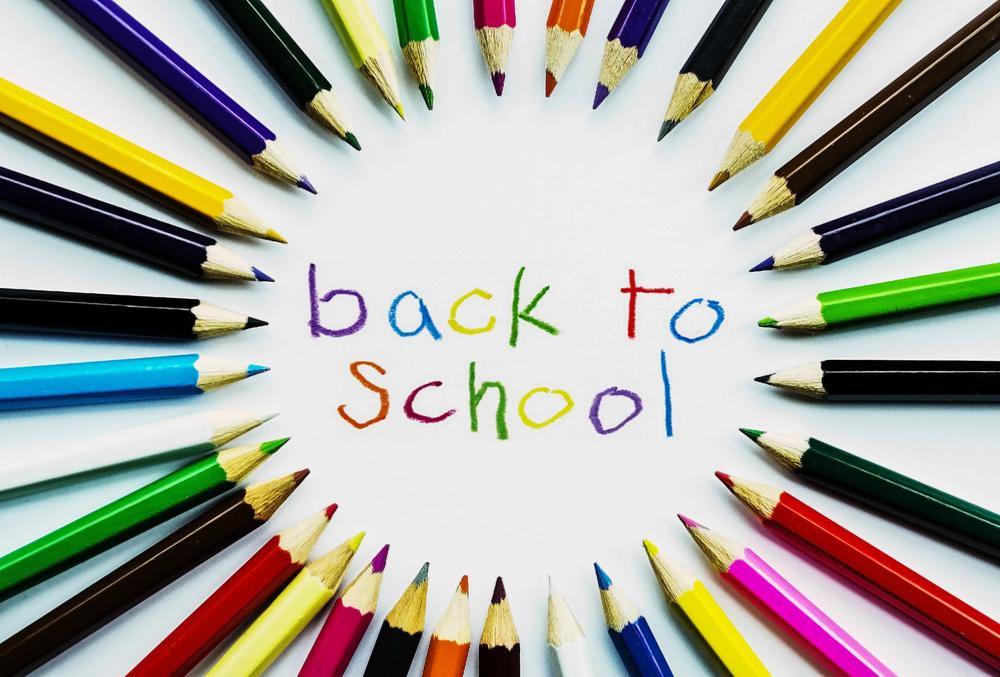
Section Branding
Header Content
20 Great Icebreakers For The Classroom
Primary Content

The first day of school is quickly approaching for many of our Georgia school districts, and in an effort to help teachers and students overcome their first day jitters, we have added even more activities to our popular icebreaker blog!
Icebreakers may seem trivial but they can assist with building meaningful relationships with students. Jennifer Gonzalez wrote a wonderful article outlining a four-part process for getting to know your students and lists breaking the ice as the first step to creating a comfortable environment where students aren't afraid to ask questions and take academic risks. Below are some icebreakers that can help you establish an encouraging, educational environment where students thrive.
1. Marooned
Establish a collaborative, cooperative learning environment on the first day of school with Marooned. Place students into groups of five and tell them that they are stranded on a deserted island. Explain that they must select five items from their personal belongings to help them survive and that each member of their group must contribute one thing. Give them about ten minutes to dig through their book bags, purses, or pockets to select necessary items. Then, have each group stand and explain what they selected and how each object is essential to their survival.
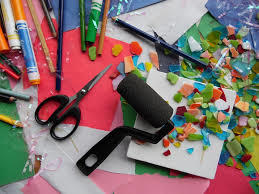
2. A Great Wind Blows
A Great Wind Blows may ease the fears of younger children who are anxious about starting their first day of school. Arrange your classroom chairs in an inward facing circle and have everyone sit in a chair. There should be one less chair than students. Stand outside of the circle and say the phrase “A great wind blows for everyone who…” and fill in the statement with a characteristic that students may have in common. Any student that identifies with that particular characteristic must stand up and move to a different chair. Every time someone gets up, a chair is removed. Any child that cannot find a chair will step outside of the circle and help the teacher think of phrases for the remaining players.
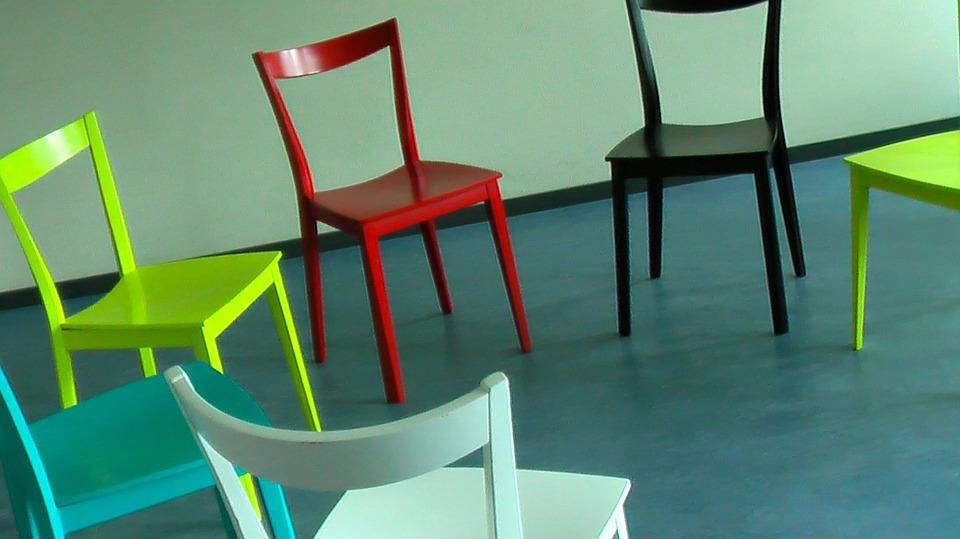
3. Six Word Story
Make students describe their summers in a complete sentence using only six words. Have them switch papers with a classmate that has to add a comment comprised of only six words. It may appear easy but it’s a lot more difficult than it seems.
4. #I’m Awesome
Take a gigantic piece of butcher paper and tape it to the wall. Once students enter the classroom, hand them a marker and have them think of 2-3 hashtags that describe themselves. Allow them to write their hashtags on the wall and explain them to the rest of the class.
5. Blobs and Lines
This easy icebreaker from Cult of Pedagogy is sure to get everyone moving, conversing, and discovering their similarities. Simply ask students to line up in a particular order (by birthday, height, etc.) or gather in blobs based on something they have in common (favorite color, movie, number of siblings). Not only does this activity keep students engaged, you get to learn more about them. It also provides them with a sense of belonging. You can have them gather and line up as many times as you would like and you can even join in to see how much you have in common with you pupils.
6. The “What Am I?” Game
Modify the game of Pictionary by handing children sticky notes and letting them write down their favorite artist, movie, or athlete. Next, tell them to find a partner and to describe what they wrote down without using words. If their partner guesses correctly, the partner receives a point. If their partner guesses incorrectly, the actor receives a point. Have them find new companions three or four times.
7. Something’s Not Quite Right
Education World has a host of icebreakers that have been tested by educators. One that aids younger students with observation skills is called Something’s Not Quite Right. Before school starts, create chaos in your room by purposely misplacing a few items. This could mean that one of the numbers on your number line is out of place, a word is misspelled on the bulletin board, or that the date is incorrect. On the first day of school give students an observation sheet, place them into groups, and have them explore the room looking for abnormalities. Once they’ve had enough time to observe the room, discuss their findings in a whole group setting.

8. Classroom Scavenger Hunt
Instead of finding misplaced items, send children on a scavenger hunt around the room. This may help them take note of where key functional items such as the pencil sharpener are located. Make sure you require a description of the items you are asking them to find.
9. Snowball Fight
Have students write at least two identifying facts about themselves on a plain sheet of paper. Afterwards, everyone should gather in a circle, crumple their sheets of paper, and throw them in a pile inside the circle. Students should scramble to pick up a new paper and take turns reading the identifying characteristics. When someone recognizes his/her paper, they should raise their hand and elaborate on what they wrote.
10. Time Capsules
Create individualized time capsules on the first day of school. Fill them with pretests taken that week or personal letters about what they plan to accomplish throughout the school year. Letters can include expectations, clubs they would like to join, and desired grade point averages. You can even take pictures of your students on the first day, print them out, and place them inside the boxes. On the last day of school, distribute their time capsules and allow them to see how much they have learned, grown, and accomplished in one year. Younger students can complete handouts that ask about their favorite color, food, and book. It is amusing to see how their interests change over time.
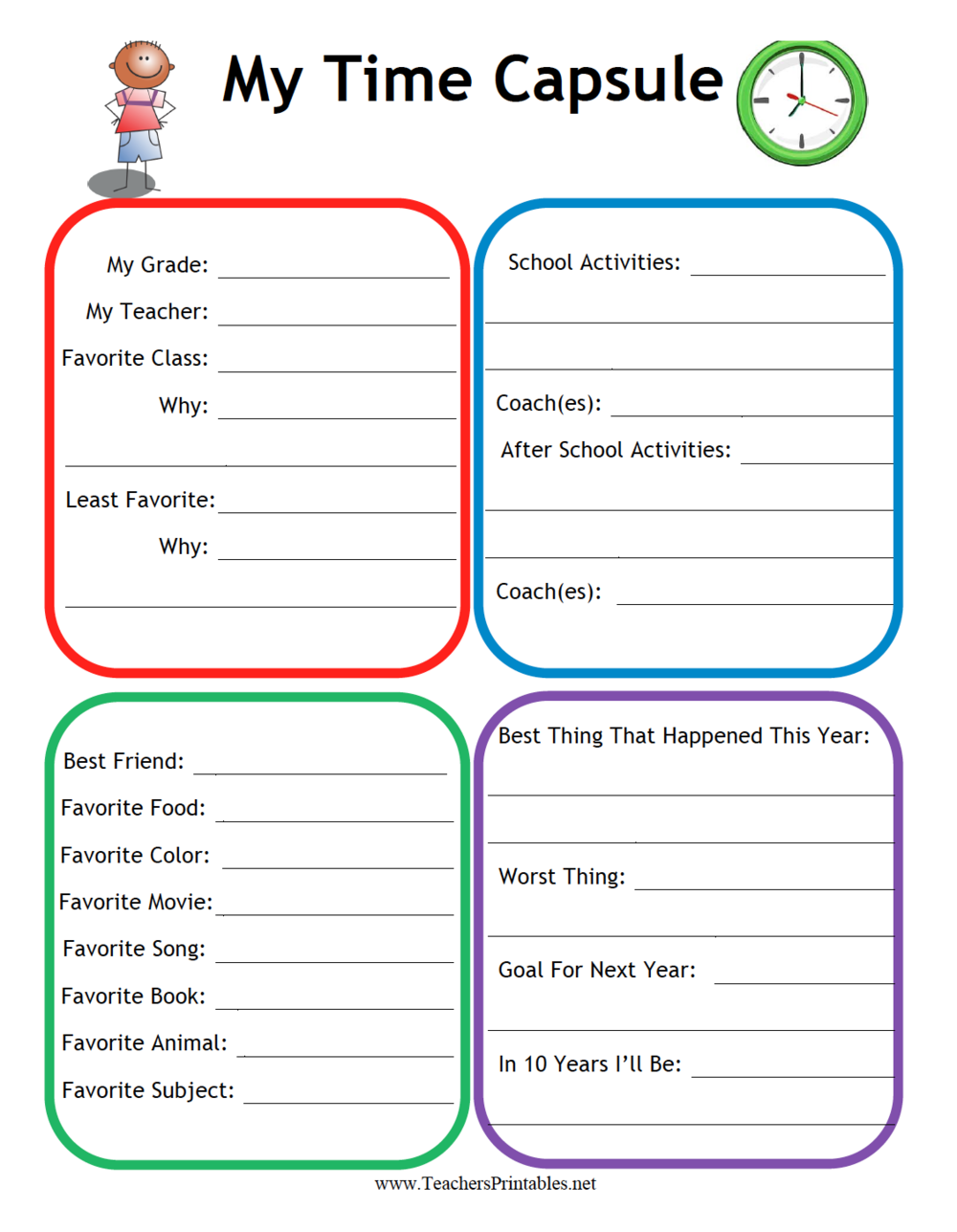
11. House of Cards Challenge
Mrs. B from Texas came up with an excellent way to get her students to cooperate using index cards. First, place your students into groups of four or five and have them discuss their likes and dislikes. Then, give them each approximately 30 index cards and have them label each card with one thing they have in common. Next, have them create towers out of the index cards that are at least 10 inches in height. Challenge them to compete against the other groups in the classroom. You can even give the team with the tallest tower a prize!
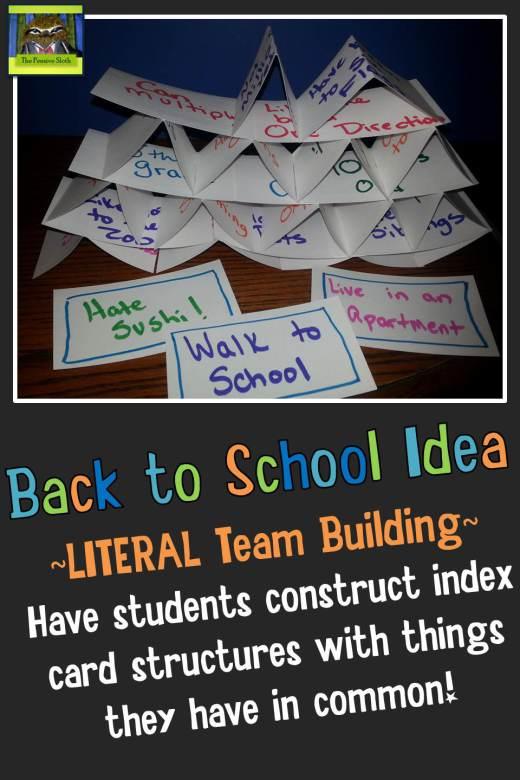
Photo Courtesy of the pensivesloth.com
12. Save Fred the Worm
This STEM activity from the Growing a STEM Classroom encourages team building and critical thinking. It can also serve as an introduction to the scientific method. Explain to your students that Fred the worm is stranded on top of his boat in the middle of the ocean. Your students’ job is to rescue Fred without touching him, his boat (the cup) or his life preserver (the life saver). The only things they can use to save Fred are the four paper clips provided. Mrs. Mastriana has posted an instructional guide and worksheet to accompany this activity. You can find them here.
13. Marshmallow Challenge
The Marshmallow Challenge works well with middle and high school students. The materials you will need include: 20 sticks of spaghetti, one yard of tape, one yard of string, and one marshmallow. Break your students into groups of four or five and have them build the tallest structure that can support a marshmallow on top.
14. Getting-to-Know-You Bingo
Getting-to-Know-You Bingo really gets students moving and learning about one another. Give each student a bingo card with different descriptive sentences in each square. Tell students to find a different individual that fits the description and have them write their name in that specific box. Once a student has collected a name in every box of their bingo card, they should call out, “Bingo!”
15. The Cup Challenge
The Cup Challenge establishes teamwork in the classroom by requiring your students to move a group of cups from one place to another using only a rubber band and string. Jaclyn Sepp has done an excellent job of explaining the necessary materials and instructions. You can find those here.
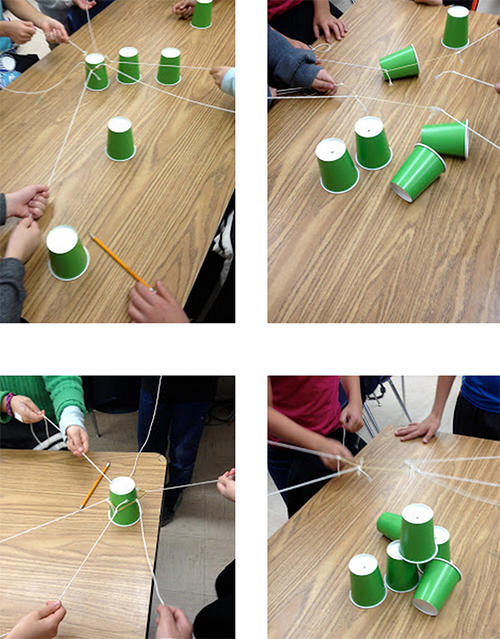
Photo courtesy of mssepp.blogspot.com
16. The Question Web
This exercise by Grahame Knox helps students learn interesting and unique facts about one another. After having your students stand in a circle, take a ball of yarn and hold on to the end of the string while throwing the ball to another student. Ask this student a question such as “If you could go anywhere in the world, where would you go and why?” Once they have answered the question, have them toss the ball of yarn to another student and ask them a question. When all of your students have gone, explain that the web they created represents the uniqueness of your classroom and that their participation makes the classroom a special place for learning and creativity.
17. Letter Scramble
If you are looking for a way to combine vocabulary and teambuilding, then Letter Scramble is for you. Divide your students into groups and give them letters that make-up a word or words. Then, have them figure out what word (or words) their letters create. Providing hints can give students insight on the correct word they are creating. If the words are from a book they will be reading, you may want to give them a copy of the book and direct them to the page the word can be found on as well. Rulin’ The Roost takes it a step further by providing additional rules that incorporate segmenting and blending. She also provided a copy of the letters she used for her first grade class.
18. Tall Stories
Another activity by Grahame Knox allows you to create your first classroom story by having all of your students participate in creating a tall tale. Begin by having all of your students stand in a circle. Next, start the story with a sentence such as “Yesterday, I went to the zoo and was passing the elephant enclosure when SUDDENLY…” Then, have all of the students add on to the story ending it with the word SUDDENLY. The story will become more and more hilarious as students add on to the previous sentence.
19. STEM Mystery Bag Challenges
Combine cooperative learning and creativity by placing your students into groups and giving them “mystery bags.” Give each group a bag with a description of what they are required to build using the materials found in their bag. Watch their creativity flow as they attempt to figure out how to master the challenge! Christie Burnett has put together some excellent mystery bag engineering challenges in her blog Childhood 101. I encourage you to look at these for inspiration!
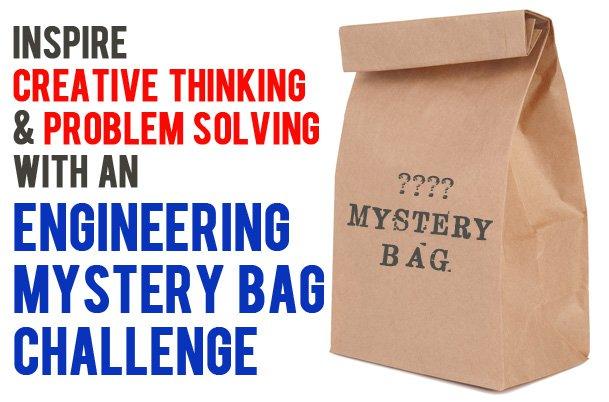
Picture courtesy of Childhood101.com
20. Have Students Help Decorate Your Room
Inviting students to help decorate your room sends the message that they are welcomed and that their opinion is valued. Simply designate a wall to them, place them in groups and give them markers and a piece of chart paper. Have them come up with one common goal that they would all like to accomplish in your class and summarize it in one word. Next, have them write the word in huge letters on the chart paper. Make sure that all of the groups have different goals from one another. Once all of your students are finished, hang these on the designated wall and explain to your students that they are all responsible for making sure they all achieve their goals by the end of the school year!
Do you have any icebreakers that you like to incorporate at the beginning of the year? Share with us on Twitter or Facebook!
Have a great school year!





